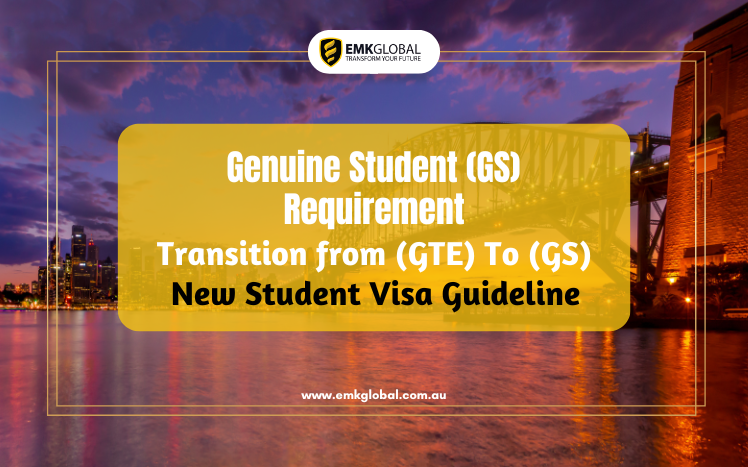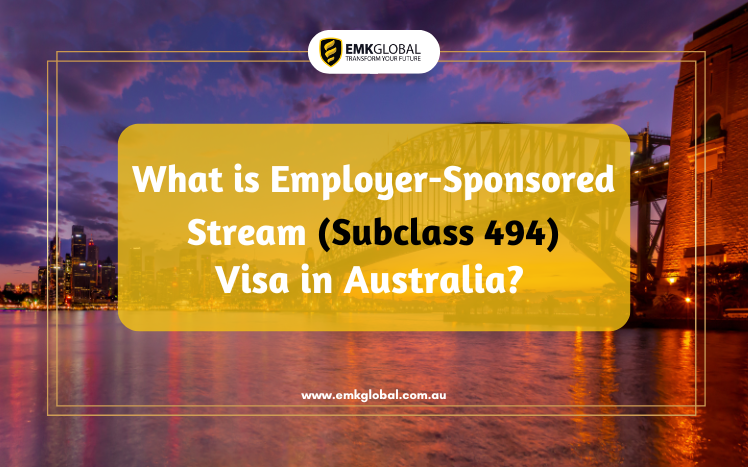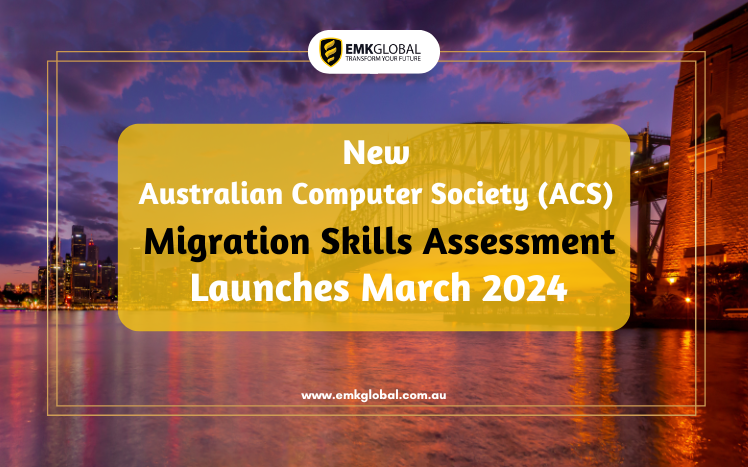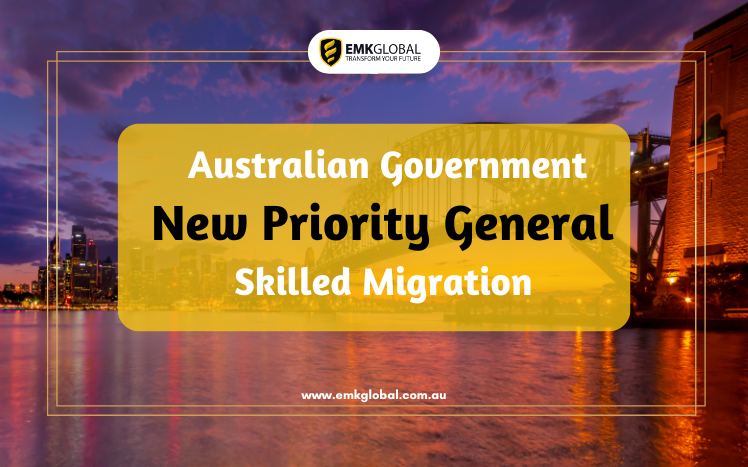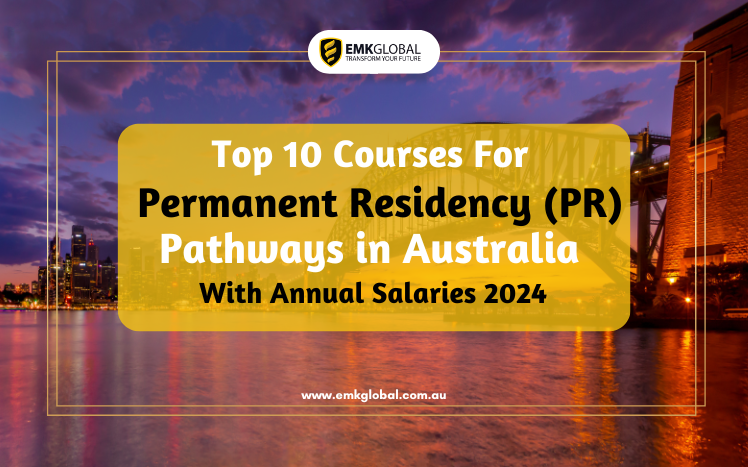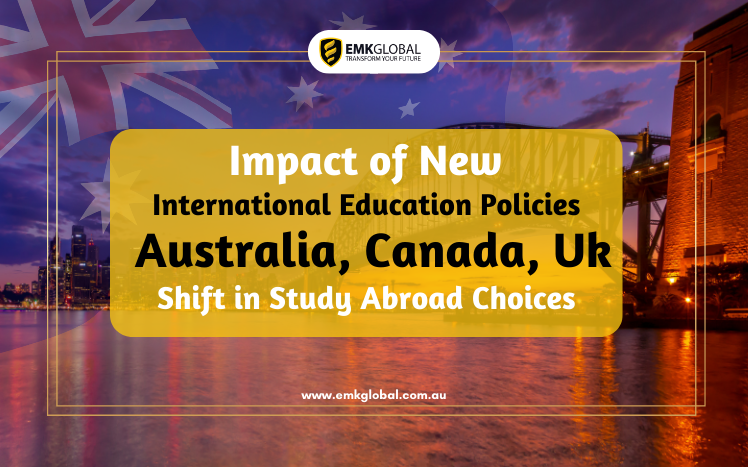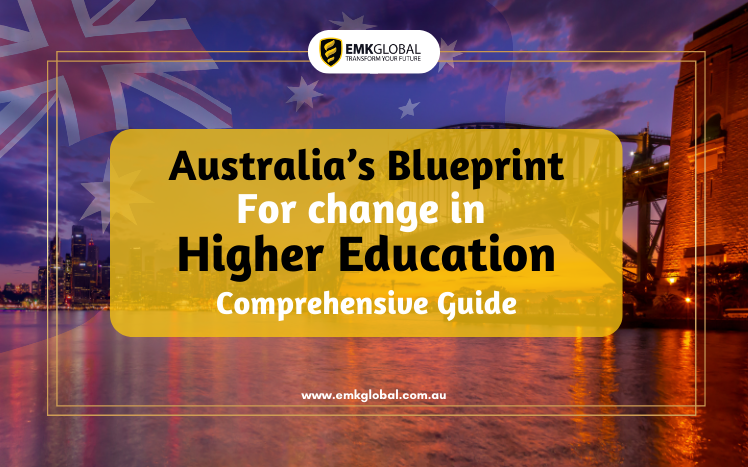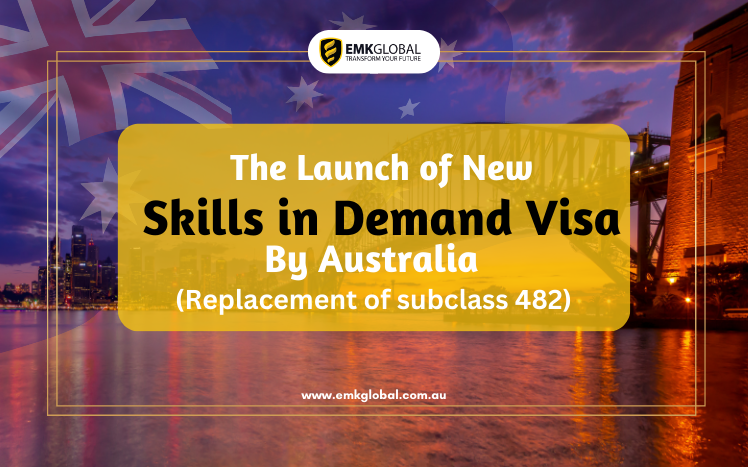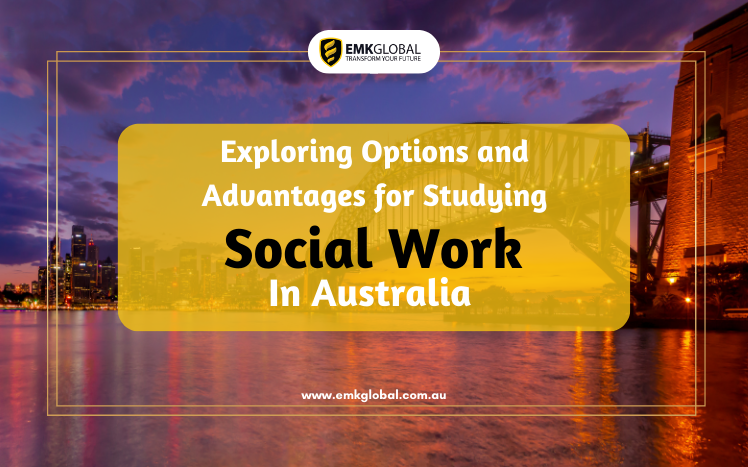The Australian Government recently announced significant changes to the student visa application process, replacing the Genuine Temporary Entrant (GTE) requirement with the Genuine Student (GS) requirement. This shift aims to ensure that international students genuinely intend to pursue quality education in Australia, without implications regarding future migration plans. Let’s delve deeper into what this means for aspiring students.
Background: Transition from Genuine Temporary Entrant (GTE) to GS
Effective from 23 March 2024, the GS requirement will be applicable to new Student visa applications. However, applications lodged before this date will follow the existing GTE criteria. It’s important to note that the GTE requirement remains unchanged for Student Guardian visa applicants.
Implementation Timeline and Impact
The government’s migration strategy outlines a structured approach to implement the GS requirement. Education sector representatives were consulted to develop targeted questions that provide insights into applicants’ intentions and motivations for studying in Australia. These questions will replace the 300-word statement previously required.
Details of the GS Requirement
Under the GS requirement, applicants must provide details about their current circumstances, including family ties, community involvement, employment status, and economic situation. They must also explain their course choice, reasons for selecting Australia as a study destination, and the benefits they expect to gain from their chosen course.
Implications for International Students
For international students with a study history in Australia or those holding visas other than a Student visa, additional information will be required to assess their eligibility under the GS requirement. The updated Student visa declaration will emphasize understanding and compliance with visa conditions and post-study migration pathways.
Ministerial Directions and Communication of Changes
Ministerial Direction No. 69 will be replaced by new directives reflecting the GS requirement’s implementation. Information about these changes will be disseminated through various channels, including the Department of Home Affairs website, social media platforms, and outreach programs.
English Language Requirements Update
Apart from the GS requirement, changes to English language proficiency criteria for Student and Temporary Graduate visa applicants are anticipated. Stay tuned for more details as the Department concludes consultations with stakeholders.
Conclusion
In conclusion, the shift from GTE to GS marks a significant change in Australia’s student visa landscape. It aims to streamline the application process while ensuring that international students genuinely seek quality education in Australia. These developments align with the government’s broader migration strategy and commitment to maintaining a robust and transparent visa system.
FAQs
What is the main difference between the Genuine Temporary Entrant (GTE) and Genuine Student (GS) requirements?
The GTE requirement focused on assessing an applicant’s intention to stay temporarily in Australia, including considerations related to migration. In contrast, the GS requirement emphasizes genuine commitment to obtaining quality education without reference to future migration plans.
Will the new GS requirement affect current Student visa holders?
No, the GS requirement applies to new Student visa applications lodged on or after 23 March 2024. Existing visa holders are not affected unless they apply for a new visa after this date.
How will the changes impact international students already studying in Australia?
Current students will continue under the terms of their existing visas. The GS requirement primarily applies to new applicants and does not retroactively alter visa conditions for current students.
What should applicants focus on when addressing the GS requirement in their visa applications?
Applicants should provide detailed and genuine information about their current circumstances, course choice rationale, and expected benefits from studying in Australia. Clear and concise responses to the targeted questions will strengthen their applications.
Where can applicants find updated information about the GS requirement and related visa changes?
The Department of Home Affairs website, along with its social media channels, will provide comprehensive updates closer to the implementation date of 23 March 2024.


